Deck & Commander Strategies
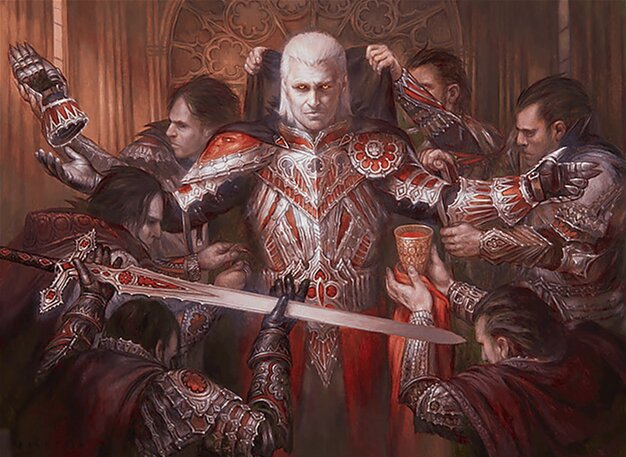
Edgar Markov
Aggressively build a vampire tribal army, generating numerous vampire tokens via Eminence and capitalizing on equipment and sacrifice synergies to overwhelm opponents quickly.
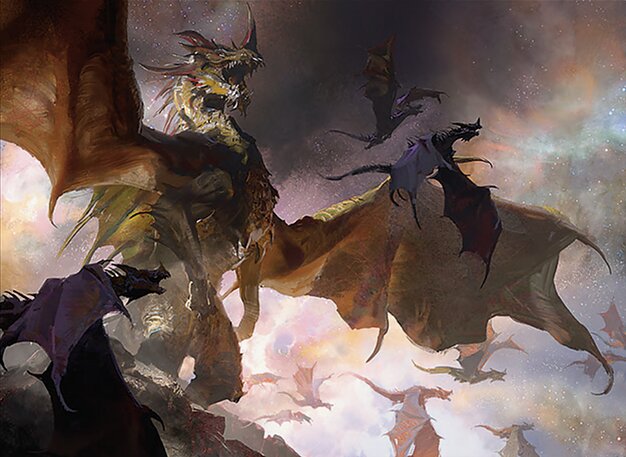
The Ur-Dragon
Ramp mana efficiently to cast powerful dragons that trigger damage and haste effects, creating multiple threats and tokens to dominate the board.

Satya, Aetherflux Genius
Copy impactful creatures and spells to multiply value and control the board, while waiting to assemble combos and key interactions.
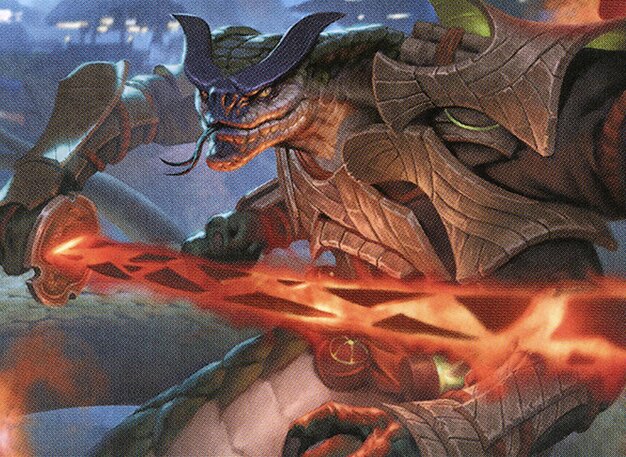
Chishiro, the Shattered Blade
Utilize incremental value from land drops and synergistic creature abilities to build a steady board presence and capitalize on equipment triggers.
Gameplay Insights
- 1
Using Dominating Vampire to steal and attack with an opponent’s creature significantly shifted board momentum in favor of the vampire deck.
- 2
Equipping Blade of the Bloodchief on creatures like Cemetery Gatekeeper added first strike and card draw potential, enhancing combat effectiveness.
- 3
The Ur-Dragon player's use of dragon triggers to deal damage and create token copies allowed for efficient board development and pressure.
- 4
Sacrificing vampires with Visier Seer to control the board and trigger draw effects was a key tactical move to maintain card advantage.
- 5
The synergy between haste-granting enchantments and flying dragons enabled aggressive and swift attacks that were difficult to block.
Notable Cards
-

Vampire Cutthroat
-

Dominating Vampire
-
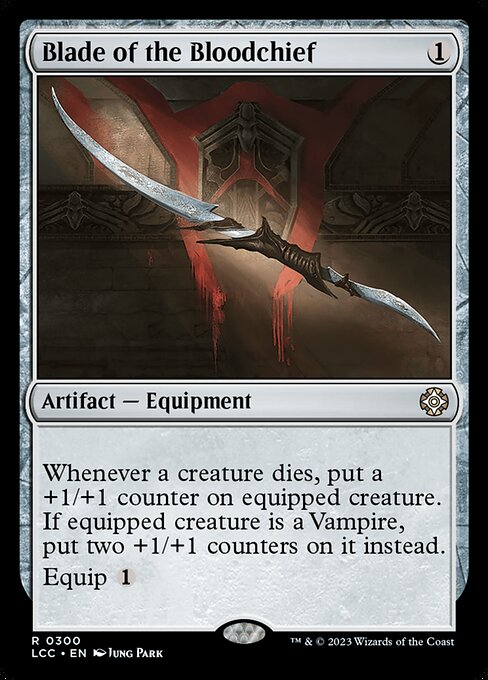
Blade of the Bloodchief
-

Secluded Courtyard
-

Arcane Signet
-

Exotic Orchard
-
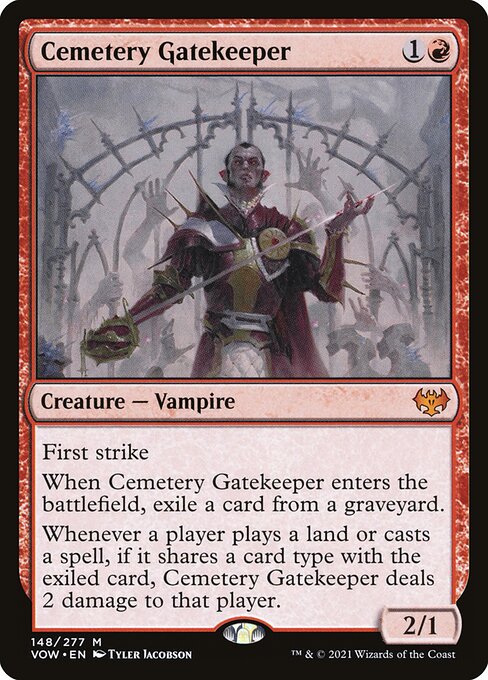
Cemetery Gatekeeper
Gameplay Summary
The game featured a dynamic four-player Commander match with each player piloting distinct decks centered around powerful commanders.
Early turns saw the vampire tribal deck, led by Edgar Markov, establishing board presence by casting multiple vampire creatures and generating tokens through its Eminence ability.
This deck quickly pressured opponents by swinging with token and creature synergies, leveraging equipment like Blade of the Bloodchief to enhance threats.
Meanwhile, the Ur-Dragon deck focused on ramping mana efficiently and deploying dragons, which triggered damage and haste effects from key enchantments, escalating the board state rapidly.
The Satya, Aetherflux Genius deck aimed to copy impactful creatures and spells to generate value, but initially played more conservatively, waiting for key pieces to assemble.
Meanwhile, Chishiro, the Shattered Blade's player contributed with incremental value from land drops and synergistic creatures. A turning point occurred when the vampire player used Dominating Vampire to temporarily take control of an opponent’s creature, swinging the momentum aggressively.
The board quickly filled with multiple vampire tokens and small creatures, applying pressure on all opponents.
The Ur-Dragon player capitalized on dragon triggers that dealt damage and created copies, while also drawing cards and ramping lands, setting up for a powerful late game.
The vampire player’s aggressive equipping and sacrifice plays with Visier Seer and Blade of the Bloodchief kept the pressure on, while the other players scrambled to keep pace.
The interplay of haste-granting enchantments, token generation, and land ramp defined the pace and flow of the match as players jockeyed for control and board dominance.











































